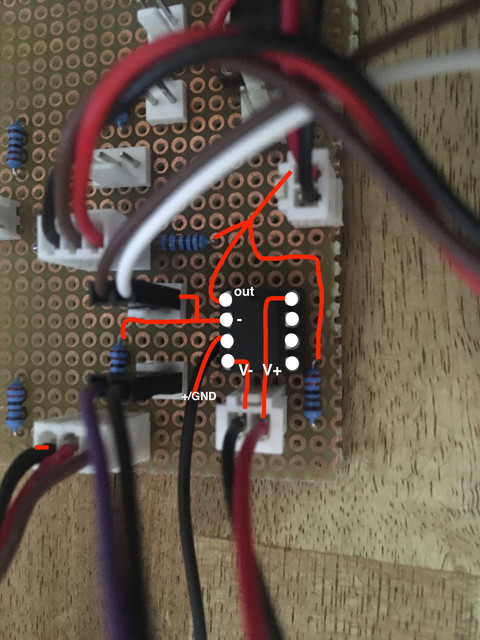leitmo said:Did you try it first following schematic without variable caps?
yes and because that made no difference, i connected a switch with several values but neither does this
when i compare the bypassed signal with the circuit activated, i hear slightly elevated highs and lows but like i said, VR1/2 seem to have no influence..
i just replaced the potentiometers with higher values but no change...












![Soldering Iron Kit, 120W LED Digital Advanced Solder Iron Soldering Gun kit, 110V Welding Tools, Smart Temperature Control [356℉-932℉], Extra 5pcs Tips, Auto Sleep, Temp Calibration, Orange](https://m.media-amazon.com/images/I/51sFKu9SdeL._SL500_.jpg)






















